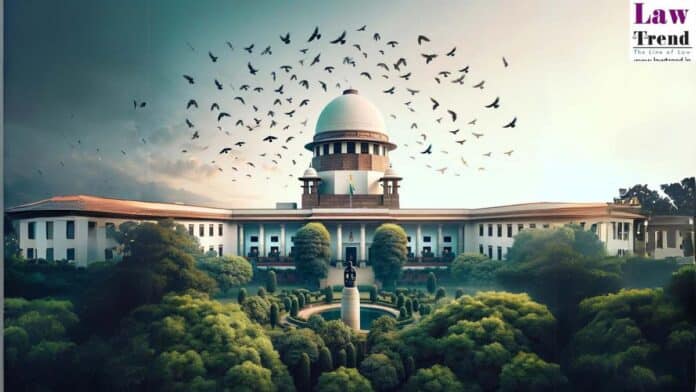It is the responsibility of the State to ensure that the maximum number of trees are protected from being chopped, the Supreme Court on Tuesday said while asking the Central Empowered Committee to explore an alternative solution to cutting down 3,874 trees for the construction of a road project in the Taj Trapezium Zone.
The Taj Trapezium Zone (TTZ) covers about 10,400 square km and is spread over Agra, Firozabad, Mathura, Hathras and Etah districts of Uttar Pradesh and the Bharatpur district of Rajasthan.
The apex court is hearing a public interest litigation on preserving the Taj Mahal and its surroundings.
A bench of Justices Abhay S Oka and Ujjal Bhuyan directed the Uttar Pradesh government to provide a sketch of the proposed alignment of the Agra-Jalesar-Etah road and asked the CEC to inform if it was possible to save some trees.
“As Article 51A mandates that it is duty of every citizen to save trees, we also reiterate that it is also the responsibility of the state to ensure that maximum number of trees are protected,” the bench observed.
Also Read
The top court posted the matter for hearing on March 12 and asked the Uttar Pradesh government to ensure that the divisional forest officer gives a report on the feasibility of translocation of some of the trees.
The apex court had permitted the felling of 12 trees in the TTZ for entry and exit to a new petrol pump in Uttar Pradesh’s Agra district while brushing aside the claims of an applicant seeking action against alleged illegal removal of trees in the area.
While allowing the application seeking the nod to fell 12 trees, the bench noted the CEC’s report had permitted felling of these trees, subject to certain terms and conditions.
The top court has been monitoring developments in the area to protect the monument built by Mughal emperor Shah Jahan in the memory of his wife Mumtaz Mahal in 1631. The mausoleum is a UNESCO World Heritage Site.




